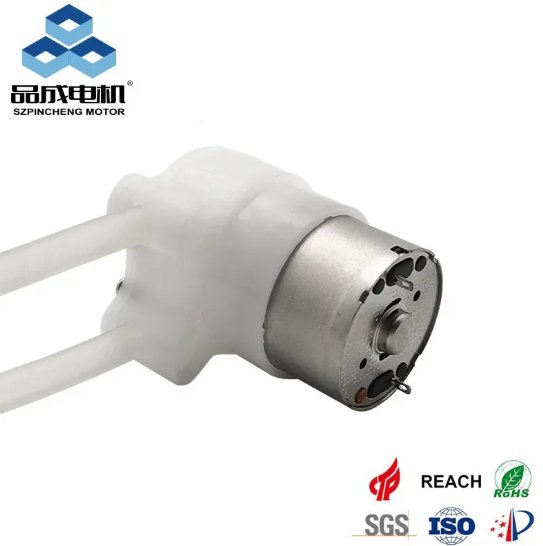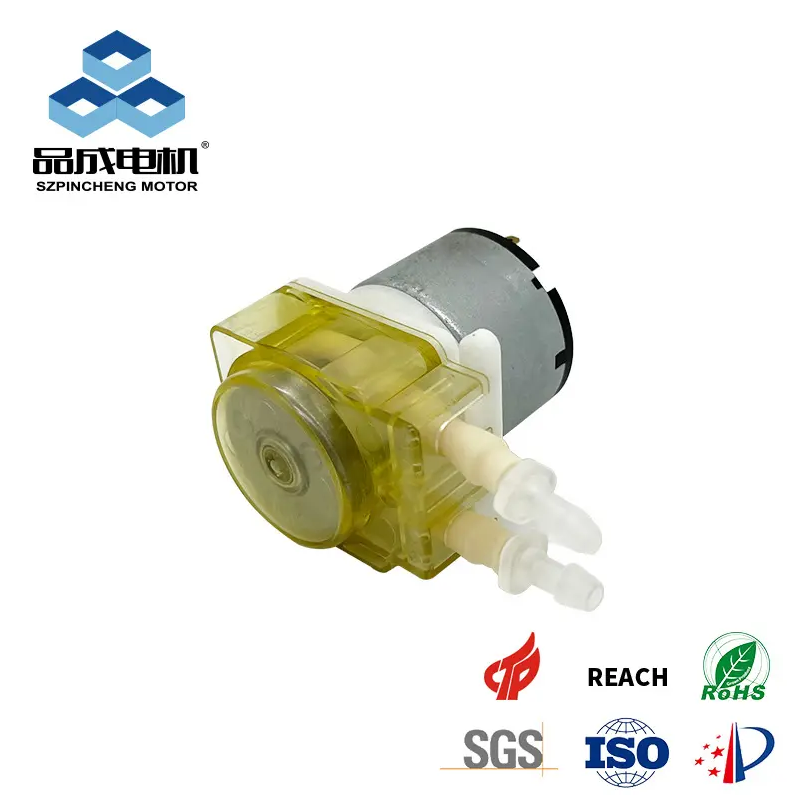Understanding Voltage Requirements for Mini Peristaltic Pumps
When working with fluid handling systems, a common question arises: can you operate a 12v peristaltic pump using a 5V power supply? This is particularly relevant for makers and engineers integrating Mini peristaltic pump units into Arduino projects, portable devices, or USB-powered systems.
The straightforward answer is technically yes, but practically no for most applications. While the pump will typically activate at lower voltages, the performance compromises are substantial and often unacceptable for precision tasks.
The Electrical Principles Behind Voltage and Pump Performance
Voltage-Speed Relationship
DC motors in Mini peristaltic pump units operate on a direct relationship between voltage and rotational speed. Reducing voltage from 12V to 5V (approximately 58% decrease) results in a proportional reduction in motor RPM. This directly translates to significantly lower flow rates in your water peristaltic pump system.
Torque and Starting Capability
The available torque decreases exponentially with voltage reduction. A 12v peristaltic pump operating at 5V may struggle to:
- 1、Start reliably without manual assistance
- 2、Maintain rotation under minimal load
- 3、Overcome initial static friction
Practical Performance Impacts
Flow Rate Reduction
Expect flow rates to drop to 30-40% of the pump's rated capacity. For precision applications requiring consistent dosing, this variability makes 5V operation impractical.
Pressure and Head Limitations
The water peristaltic pump capability to push fluid through tubing or overcome elevation changes diminishes dramatically. Applications requiring any significant pressure will likely fail.
Inconsistent Operation
At 5V, the pump motor operates outside its designed parameters, leading to:
- 1、Irregular flow patterns
- 2、Increased pulsation
- 3、Potential stalling
- 4、Overheating risks
Recommended Solutions for Low-Voltage Applications
DC-DC Boost Converters
For projects requiring 5V input sources, boost converters provide an efficient solution:
- 1、Convert 5V to stable 12V output
- 2、Maintain consistent pump performance
- 3、Compact and cost-effective
- 4、Efficiency rates typically 85-90%
Dedicated 5V Pump Models
Several manufacturers offer Mini peristaltic pump units specifically designed for 5V operation. These feature:
- 1、Optimized motor windings
- 2、Appropriate torque characteristics
- 3、Reliable low-voltage performance
Dual Power Supply Systems
Maintain separate power sources:
- 1、5V for control circuitry (Arduino/ESP32)
- 2、12V dedicated to the pump
- 3、Use MOSFETs or relays for control interface
Implementation Considerations
Current Requirements
Ensure your power source can deliver sufficient current. A pump drawing 0.5A at 12V requires approximately 1.2A at 5V (accounting for conversion losses).
Wiring and Connections
Voltage drop across connectors and wiring becomes significant at lower voltages. Use:
- 1、Adequate wire gauge
- 2、Quality connections
- 3、Minimal cable lengths
Thermal Management
Motors operating outside specifications may generate excess heat. Monitor temperature during extended operation.
Application-Specific Recommendations
Laboratory and Medical Use
Never operate precision Mini peristaltic pump units below rated voltage. Consistency and reliability are paramount in these applications.
DIY and Hobby Projects
For non-critical applications where reduced performance is acceptable, 5V operation might suffice for:
- 1、Demonstration prototypes
- 2、Educational projects
- 3、Temporary setups
Industrial Systems
Always use specified voltages in industrial environments. Reliability and consistent performance outweigh any convenience benefits.
Troubleshooting Under-Voltage Operation
If you must operate at reduced voltages temporarily:
- 1、Monitor motor temperature continuously
- 2、Ensure unobstructed fluid paths
- 3、Use minimal tubing lengths
- 4、Avoid any flow restrictions
you like also all
Read More News
Post time: Oct-07-2025




